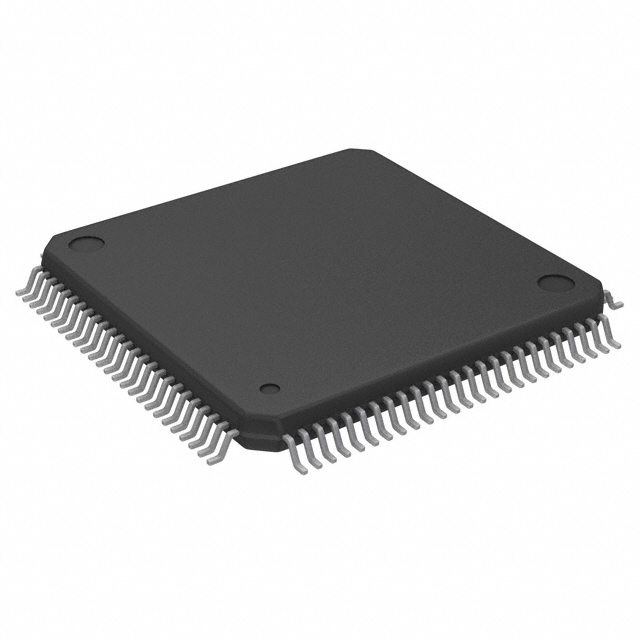W925 Series, Microcontrollers
Results:
4
Manufacturer
Series
Supplier Device Package
Package / Case
RAM Size
Peripherals
Program Memory Size
Core Processor
Speed
Operating Temperature
Program Memory Type
Number of I/O
Mounting Type
Oscillator Type
EEPROM Size
Core Size
Connectivity
Data Converters
Voltage - Supply (Vcc/Vdd)
Results remaining:4
Applied Filters:
W925
Microcontrollers
Embedded microcontrollers are small, self-contained computing systems that are designed to perform specific tasks within larger electronic systems. They consist of a microcontroller unit (MCU) integrated with memory, input/output peripherals, and other components on a single chip. These microcontrollers are typically optimized for low power consumption, real-time response, and cost-effective implementation.
Functionality:
Embedded microcontrollers provide the following key functionalities:
Processing Power: The microcontroller core executes program instructions and performs calculations, serving as the central processing unit of the embedded system.
Memory: Embedded microcontrollers include various types of memory, such as flash memory for program storage and non-volatile data storage, and random-access memory (RAM) for temporary data storage during program execution.
Peripherals: They incorporate a range of built-in peripherals, including analog-to-digital converters (ADCs), digital-to-analog converters (DACs), timers, serial interfaces (UART, SPI, I2C), and general-purpose input/output (GPIO) pins. These peripherals enable communication with external devices and handling of data from sensors, actuators, and other components.
Real-Time Capabilities: Embedded microcontrollers are designed to respond to real-time events and time-sensitive tasks. They can execute time-critical operations with precise timing, making them suitable for applications requiring immediate and deterministic responses.
Usage Scenarios:
Embedded microcontrollers are commonly used in various scenarios where dedicated control, sensing, or processing capabilities are needed, including:
Consumer Electronics: They are found in numerous consumer electronic devices such as smartphones, tablets, smart home devices, and wearables, providing control and processing capabilities for user interfaces, sensors, and connectivity functions.
Automotive Systems: Embedded microcontrollers play a crucial role in automotive systems, including engine control units (ECUs), anti-lock braking systems (ABS), airbag control units, infotainment systems, and advanced driver assistance systems (ADAS).
Industrial Automation: They are utilized in industrial automation for tasks such as controlling machinery, monitoring processes, collecting sensor data, and implementing communication protocols.
Internet of Things (IoT): Embedded microcontrollers are at the heart of IoT devices, enabling connectivity, sensor data processing, and control functions in applications such as smart home devices, industrial monitoring systems, and environmental sensors.
Medical Devices: They find use in medical devices like pacemakers, insulin pumps, blood glucose meters, and patient monitoring systems, providing control and data processing capabilities in a compact and low-power form factor.
Usage Fields:
Embedded microcontrollers are employed in various fields, including:
Robotics: They are used in robotic systems for control, motor control, sensor integration, and communication interfaces.
Aerospace and Defense: Embedded microcontrollers play a crucial role in aerospace and defense applications, including avionics systems, unmanned aerial vehicles (UAVs), and navigation systems.
Energy Management: They find applications in energy management systems, smart grids, and renewable energy systems for monitoring and controlling power generation, distribution, and consumption.
Home Automation: Embedded microcontrollers enable automation and control of household appliances, security systems, lighting, and HVAC (heating, ventilation, and air conditioning) systems.
In summary, embedded microcontrollers are small computing systems that provide processing power, memory, peripherals, and real-time capabilities within larger electronic systems. They are widely used in consumer electronics, automotive systems, industrial automation, IoT devices, medical devices, robotics, aerospace and defense, energy management, and home automation.




